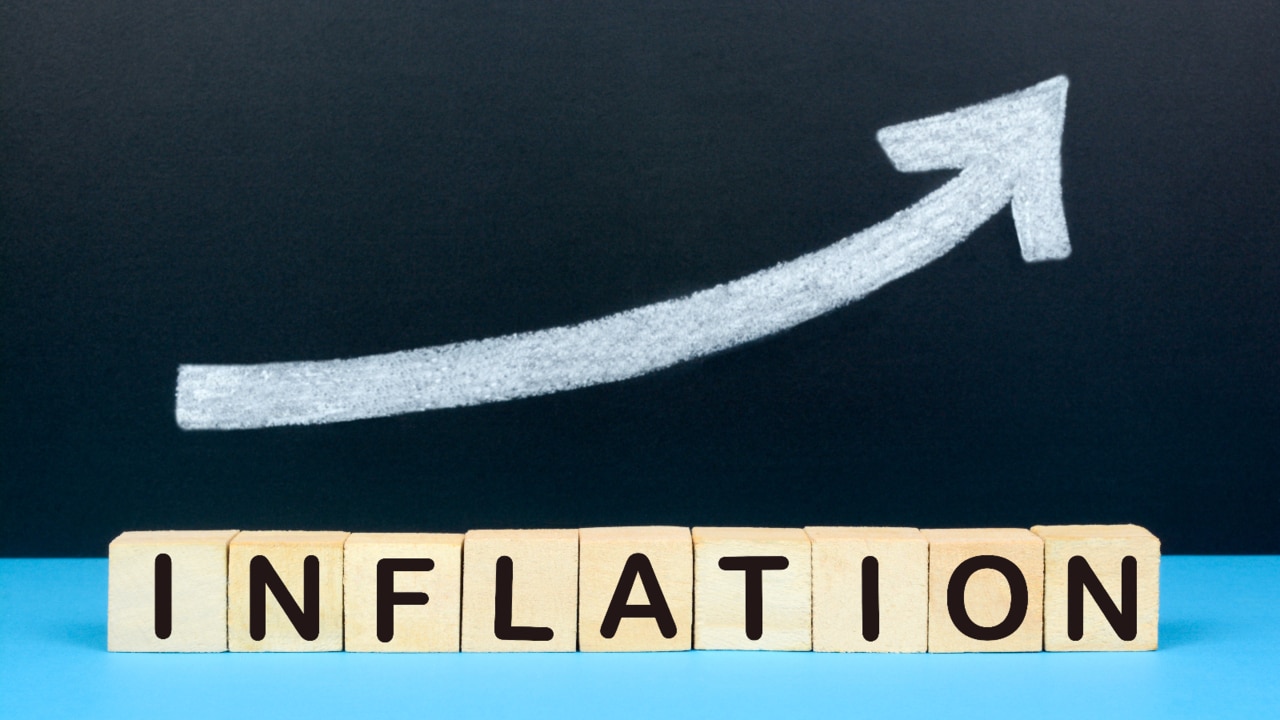Gap between haves and have nots now a chasm
If there’s a cost-of-living crisis in Australia, no one’s told consumers who have the desire and means to drape themselves in Gucci, Hermes or Dolce & Gabbana.

If there’s a cost-of-living crisis in Australia, no one’s told consumers who have the desire and means to drape themselves in Gucci, Hermes or Dolce & Gabbana.
Experts are talking about the “bifurcation of consumers and retail” as cost-of-living pressures cause immense pain and hardships for households with little or no cash in the bank and rising mortgages and rents, while wealthier cohorts carry on as if were the roaring 1920s.
That growing divide is now a yawning chasm, and it was laid bare on Thursday when online luxury fashion and apparel marketplace Cettire released its results for the 2023 financial year, revealing that in Australia the rich were spending up on conspicuous consumer goods such as $2000 Burberry trench coats, $4000 Alanui knitted cardigans or $600 Lemaire piped crepe slippers.
Cettire, which is riding a wave of luxury spending to be valued on the sharemarket at more than double that of Australia’s largest department store, Myer, reported that its sales almost doubled to $416.2m over fiscal 2023.
The number of active local and overseas customers on its website, where they can shop for luxe brands such as Gucci, Jimmy Choo and Valentino, rocketed 63 per cent in 12 months to some 423,000.
That customer growth has actually accelerated since April, just as the Reserve Bank was hiking up official interest rates.
In April, The Australian reported that well-heeled shoppers had helped French fashion house Hermes double sales and profits in Australia since Covid-19, with the brand known for its $12,000-plus Birkin bags, handbags and homewares swept up in a global luxury spending splurge.
At the other end of town, the nation’s supermarkets are reporting shoppers counting the dollars and cents as they roam the aisles, picking up cheaper private label groceries, shifting from red meat to chicken and packing trolleys with cheap pasta or minced meat.
This squeeze on lower and middle class families is intensifying as utility bills, insurance premiums, petrol and other everyday goods continue to erode household budgets, leaving little in the kitty to spend on luxuries or even small treats.
“I think what you can say is you are seeing the bifurcation of retail, you are seeing the haves and have nots,” said Ben Gilbert, a consumer analyst with investment bank Jarden.
“You can see that in the Commonwealth Bank data this week where your older, less indebted, potentially net cash groups are sitting in a strong position.
“And you’ve also got the return of global tourism.
“So what it is meaning is that there are parts of the economy or parts of the consumer cohort that still have a higher propensity to spend and actually are seeing their wealth growing through this period,” he said.
“And so as a consequence, this is the bifurcation of retail where you are seeing your wealthy benefiting from rising interest rates, benefiting from the return of global tourism … that is obviously playing into luxury market.
“Similarly, you’ve got people who are getting hit hard, your families, your mortgage owners, and those going from fixed to variable interest rates who are getting hit hardest and are trading down – that is what is playing out.”





To join the conversation, please log in. Don't have an account? Register
Join the conversation, you are commenting as Logout